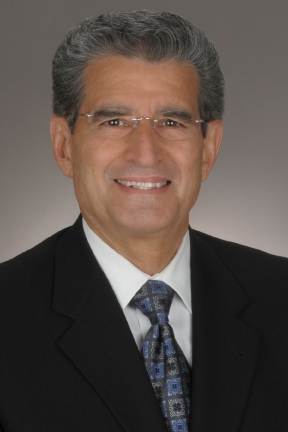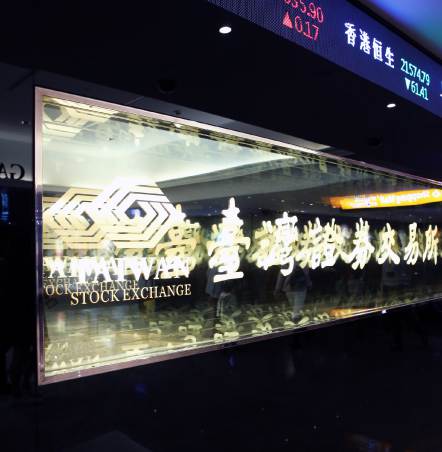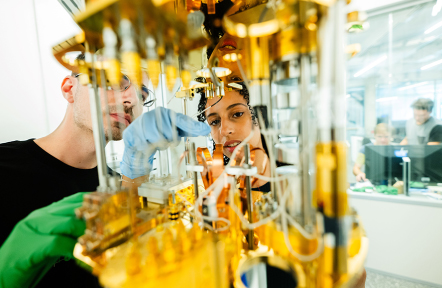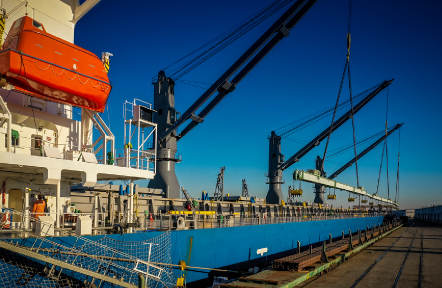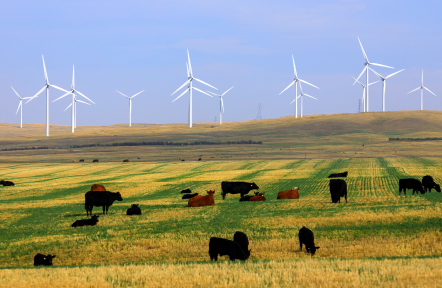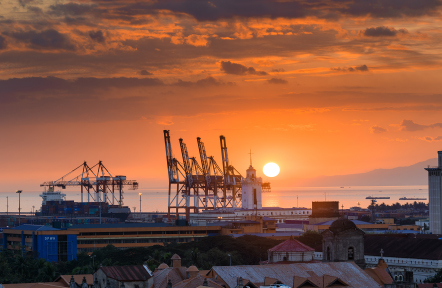The Philippines faces a challenging energy future. The country has among the highest electricity prices in Southeast Asia. With the economy growing steadily, supply is not growing as fast as demand. At the forefront of balancing the interests of all the stakeholders in the electricity market is the Energy Regulatory Commission.

The ERC was established in 2001 as an independent body mandated to supervise rates and services in the electric power industry, as well as ensure consumer education and protection and guarantee fair competition in the market.
To boost the supply of electricity in the country, the ERC has looked to renewable sources of energy, including solar and wind power.
“The green energy option is being implemented right now wherein big consumers can choose what type of electricity is being supplied to their operations. Another green energy option program we are implementing is the distributed energy resource. Microgrid technologies will bring green energy to areas not connected to the grid. They will have an independent and cheaper supply of electricity,” ERC Division Chief and Planning Officer Don So Hiong explained.
Amid all the prevailing challenges, the government agency remains focused on its primary task: to enforce a democratic and transparent regulatory environment, one that balances the interests of consumers and utility investors equally.
“ERC deals practically with the applications of energy industry participants. When they want to build a project, like the National Grid Corporation of the Philippines, which is the transmission concessionaire, they need to have it approved by ERC. Every cost that is passed to consumers or every project that affects electricity rates should be approved by the ERC,” So Hiong said.
